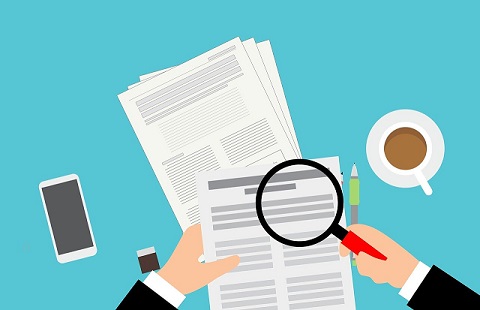
From construction to shipping and mining to engineering, lifting equipment is used by a wide range of different industries for various tasks and applications. Often created using robust metals and other long-lasting materials, the majority if not all lifting equipment is designed and manufactured to last the test of time. However, regardless of where lifting equipment is used, it will no doubt be subject to some degree of pressure, strain and stress at one time or another and as a result, will need to be inspected and tested to ensure it is still safe and suitable to use.
The reasons for lifting gear inspections
There are two primary reasons as to why you will need to conduct inspections on your lifting equipment:
- Over time, your collection of lifting equipment is going to degrade and become slightly dated. With continued use, you may start to see and experience abrasions, corrosion and deteriorations in performance, which is completely natural and expected. Inspections aim to help identify these things before they have the opportunity to become a real issue.
- Inspections are required by law! Under the Health and Safety at Work etc Act 1974, you will find two important pieces of legislation. The first being the Lifting Operations and Lifting Equipment Regulations 1998 (LOLER) and the second the Provision and Use of Work Equipment Regulations 1998 (PUWER).
Both of the above pieces of legislation declare that all lifting applications are properly planned, which involves utilising the correct equipment that has been properly tested and inspected. PUWER states that all lifting equipment must be ”safe for use, maintained in a safe condition and inspected to ensure it is correctly installed and does not subsequently deteriorate.” Therefore, to ensure that you stay on the right side of the law, it’s imperative to regularly inspect your lifting gear.
Types of lifting gear inspections
As well as there being two reasons to conduct lifting gear inspections, there are also two types of lifting gear inspections. Firstly, there are inspections that can be carried out by yourself. It’s recommended that these are conducted before each lifting operation to ensure that the task can be performed as safely as possible.
The second type of inspection is a thorough, professional inspection conducted by a qualified person. These inspections should be completed once every six to twelve months, depending on the type of gear. Generally, loose lifting equipment such as eyebolts and shackles should be looked at every six months, whereas other equipment should be every twelve months. Once these inspections are complete, you will receive a certificate which confirms the equipment is suitable for use until its next inspection.
How to prolong the life of your lifting equipment
In order for your equipment to pass its lifting gear inspections, it’s important to keep it in good working order. Here are some things that you can do to ensure your lifting gear maintains a longer service life:
- Ensure your lifting gear is stored and used safely in the correct conditions
- Always follow the correct procedures and guidelines before, throughout and after use
- Ensure you never exceed the safe working load (SWL) of your equipment
- Only trained and qualified personnel use the equipment
- All equipment is handled with care and patience
How SLG can help you with your lifting gear inspections
Did you know that SLG offers professional lifting gear inspections? If you need to get your equipment inspected, simply get in touch us and a member of our qualified team can help! For more information or to get any more lifting gear inspection questions answered, do not be afraid to contact us.
Get in Touch >

